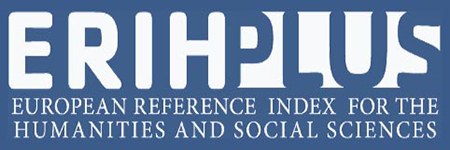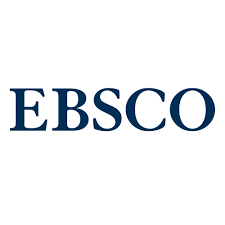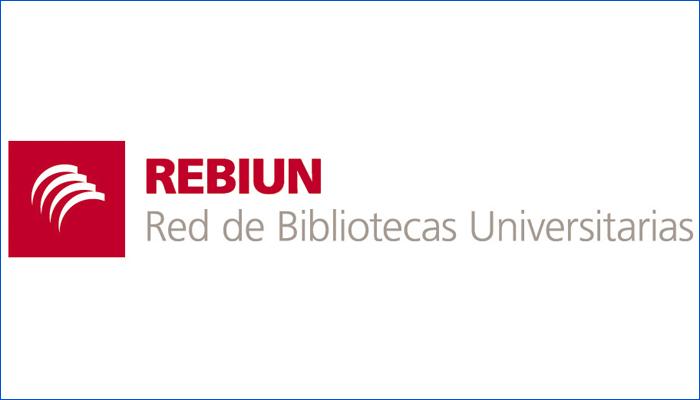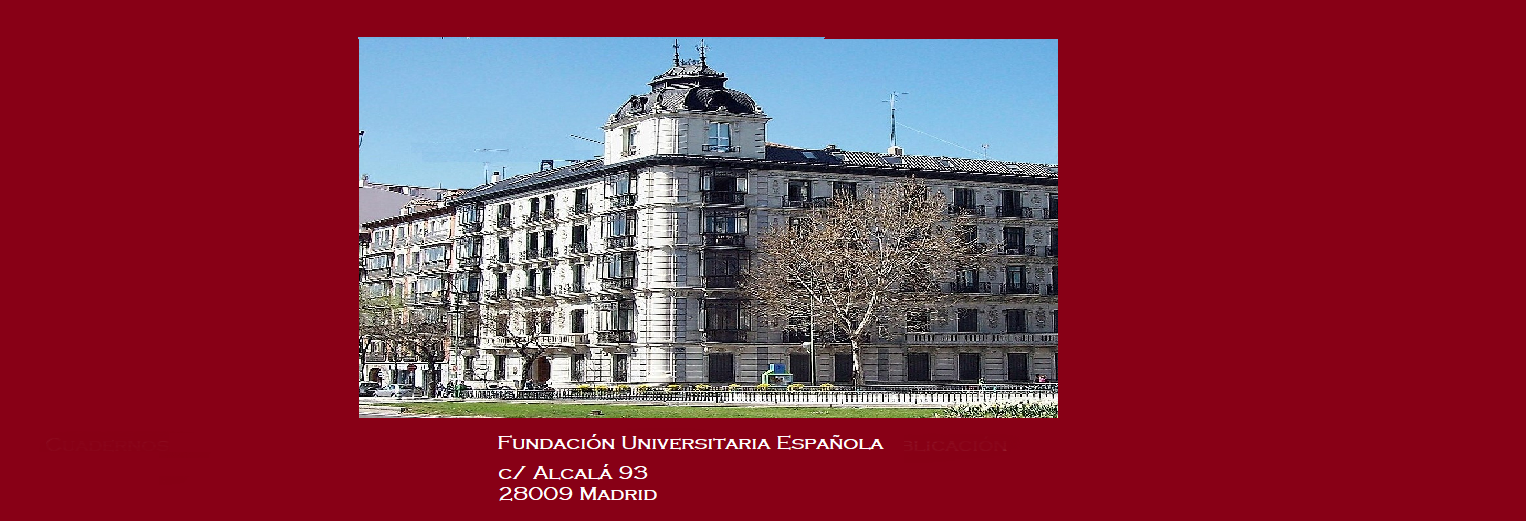
Submissions
Submission Preparation Checklist
As part of the submission process, authors are required to check off their submission's compliance with all of the following items, and submissions may be returned to authors that do not adhere to these guidelines.- The submission has not been previously published or considered by any other journal (or an explanation has been provided in the Comments to the editor).
- The submission file is in OpenOffice, Microsoft Word, RTF, or WordPerfect format. The non-textual elements (tables, graphs, photographs, illustrations, etc.) are inserted in the corresponding place within the text and are provided separately as an additional file. The editable graphics are in Microsoft Excel format (xls), and the maps, illustrations, or images are in JPEG or PNG formats at 300 dpi.
- The text is sent without the name or identification data of the author.
- Wherever possible, URLs are provided for references.
- In the event of the manuscript being the result of funded research, the reference data is indicated according to what is specified in the Guidelines.
- The text complies with the a href="https://revistas.fuesp.com/cilh/about/submissions#authorGuidelines" target="_new">Author Guidelines/a that apear in About the journal.
- Add an ORCID to your profile (in case you don't have it, it's free of charge and you only have to register here).
Monographic section articles
The theme of the monographic section is set by the editors and is different in each issue, but always related to Hispanic literature. To check the theme and the dates for the next issue, go to ANNOUNCEMENTS. After the topic of the monographic section is announced, all researchers are invited to participate. After the evaluation by the journal's Council, your work will be sent to specialists in the field so that they can issue the corresponding report.
The articles will have a length from 40,000 characters (including spaces) to 75,000 characters (including spaces).
Miscellaneous articles
All researchers are invited to participate in this section. The authors who intend to have their contributions published in the Miscellaneous section may submit thier papers at any time, since this section is open continuously. Your contribution must be adjusted to the field of interest of CILH: Hispanic literature. The articles will be preliminarily evaluated by the Editorial Board, before being sent for revision by specialists.
The articles will have a length from 40,000 characters (including spaces) to 75, 000 characters (including spaces).
Fundation papers
This section is fixed and is reserved for the study of the archives of Fundación Universitaria Española, so it is not open for researchers outside of it.
Rafael Morales Poetry
It collects the contributions related to poetry activities of Aula Rafael Morales at Fundación Universitaria Española.
Reviews
We publish book reviews related to hispanic literature.
The length of reviews is from 5000 to 10,000 characters (including spaces).
Seminario Menéndez Pelayo News
Summary of the activities of Seminario Menéndez Pelayo of Fundación Universitaria Española carried out during the year.
Copyright Notice
The Fundación Universitaria publishing house preserves the copyright of the published works, and favours and allows their reuse, preferably allowing access to the text through DOI, provided that the autorship and the original source are cited and that it is not used for commercial purposes. The signing authors partially transfer the property rights of this work to Fundación Universitaria Española (NIF: G28433670) for the printed and online editions.
Privacy Statement
The names and email addresses entered in this journal will be used exclusively for the purposes stated in it and will not be provided to third parties or used for other purposes.

























